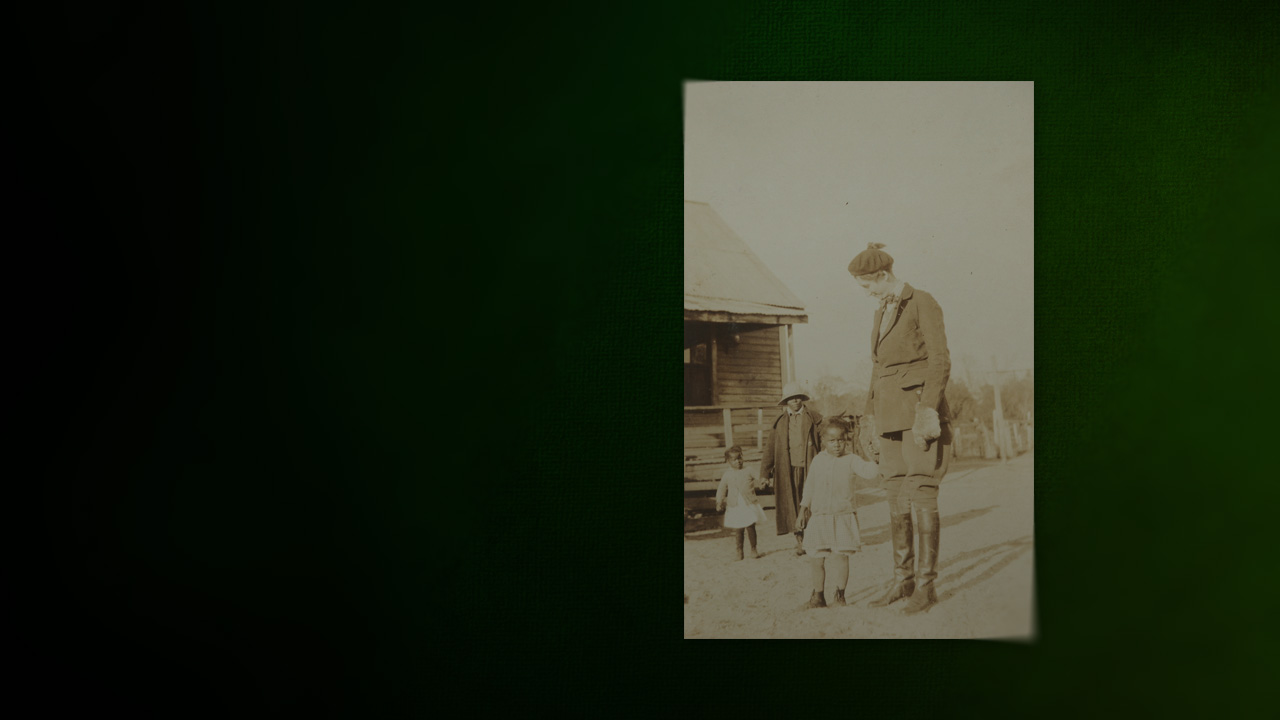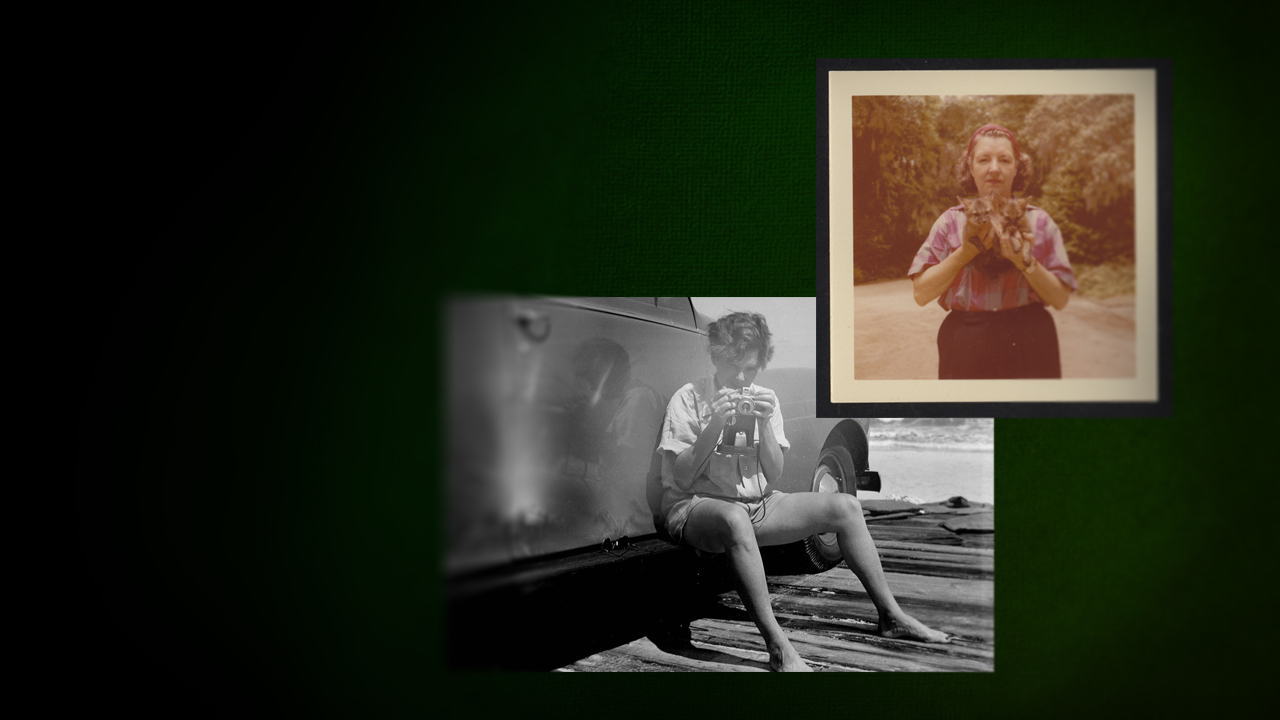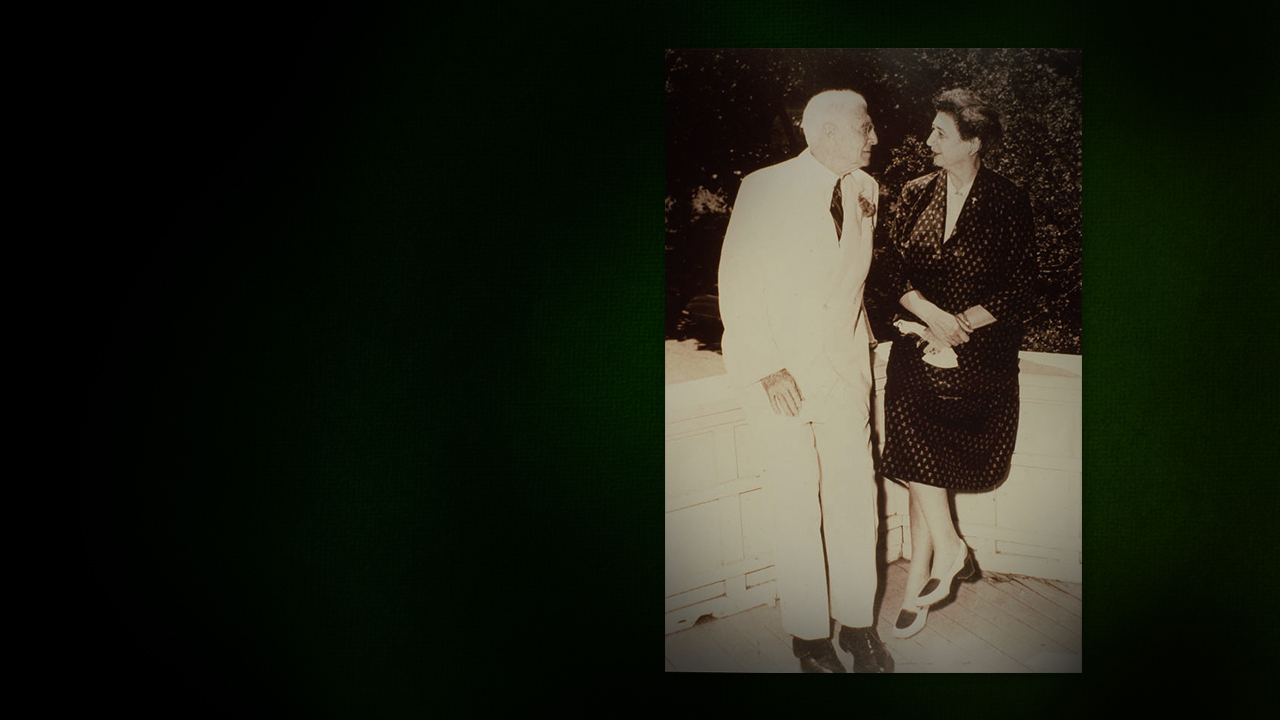During World War II, while Bernard Baruch was occupied in Washington, Belle Baruch became more involved in the management of Hobcaw Barony and the maintenance of its complex systems.
At the time, the Baruchs employed over 100 people and the property’s 16,000 acres included forests, gardens, ninety miles of roads, four bridges, boat landings, houses big and small and two schools.
Belle Baruch’s relationship to the African Americans living in Hobcaw’s villages was tinged with paternalism. Like her father, she felt responsible for the welfare of the people on the estate.
If someone became ill on a day when the doctor was not scheduled to be at the dispensary in Friendfield Village, she would arrange for transportation to a doctor in Georgetown.
She appointed herself the truant master of the black children attending Strawberry School.

Belle Baruch had been coming to Hobcaw Barony since the early part of the century, when thousands of ducks darkened the sky.
By the 1950s development was increasing on the Waccamaw Neck and she could see that wildlife was declining.
Although hunting had an impact, Belle understood that habitat loss did the most damage to local species, as wetlands were drained and forests were cleared.
She decided to hire a manager to help maintain Hobcaw’s vast acreage and diverse ecosystems and protect the property from exploitation by developers and poachers.
In 1951, Belle became reacquainted with Ella Severin, whom she had known in France during the 1930s. They met socially and later discovered that Ella, who was not wealthy, worked at the bank where Belle did business.
Belle invited Ella to visit Hobcaw Barony. She is pictured here holding two fox kits found on the property.
At the time Belle was living with Dickie Leyland, who had been her partner for decades. The relationship with Dickie was coming to an end, and she left shortly after Ella arrived.

In 1956 Bernard Baruch signed over all of Hobcaw Barony to Belle.
She wrote to her friend Edith Wilson, "Father has now transferred to me all his remaining holdings of Hobcaw including the house and the furnishings. So I am now really a Baroness." In 1960 she began talking with her lawyers about preserving Hobcaw.
In 1964 Belle established the Bernard Baruch Foundation Trust, mandating that Hobcaw be used, "for the purpose of teaching and/or research in forestry, marine biology, and the care and propagation of wild life and flora and fauna in South Carolina."
In 1962 Belle Baruch received a diagnosis of cancer. She died in 1964 at the age of 64, with Ella Severin and her father at her bedside.
After her death, Bernard Baruch rejected the idea of naming Belle's foundation after him, and it was agreed that it be called the Belle W. Baruch Foundation.
Today the Belle W. Baruch Foundation owns Hobcaw Barony and makes it available to researchers at South Carolina's universities, as provided in Belle's will.
There are two research facilities on the property: Clemson University's Belle W. Baruch Institute of Coastal Ecology, established in 1968, and the University of South Carolina's Belle W. Baruch Institute of Marine and Coastal Sciences, founded in 1969.

